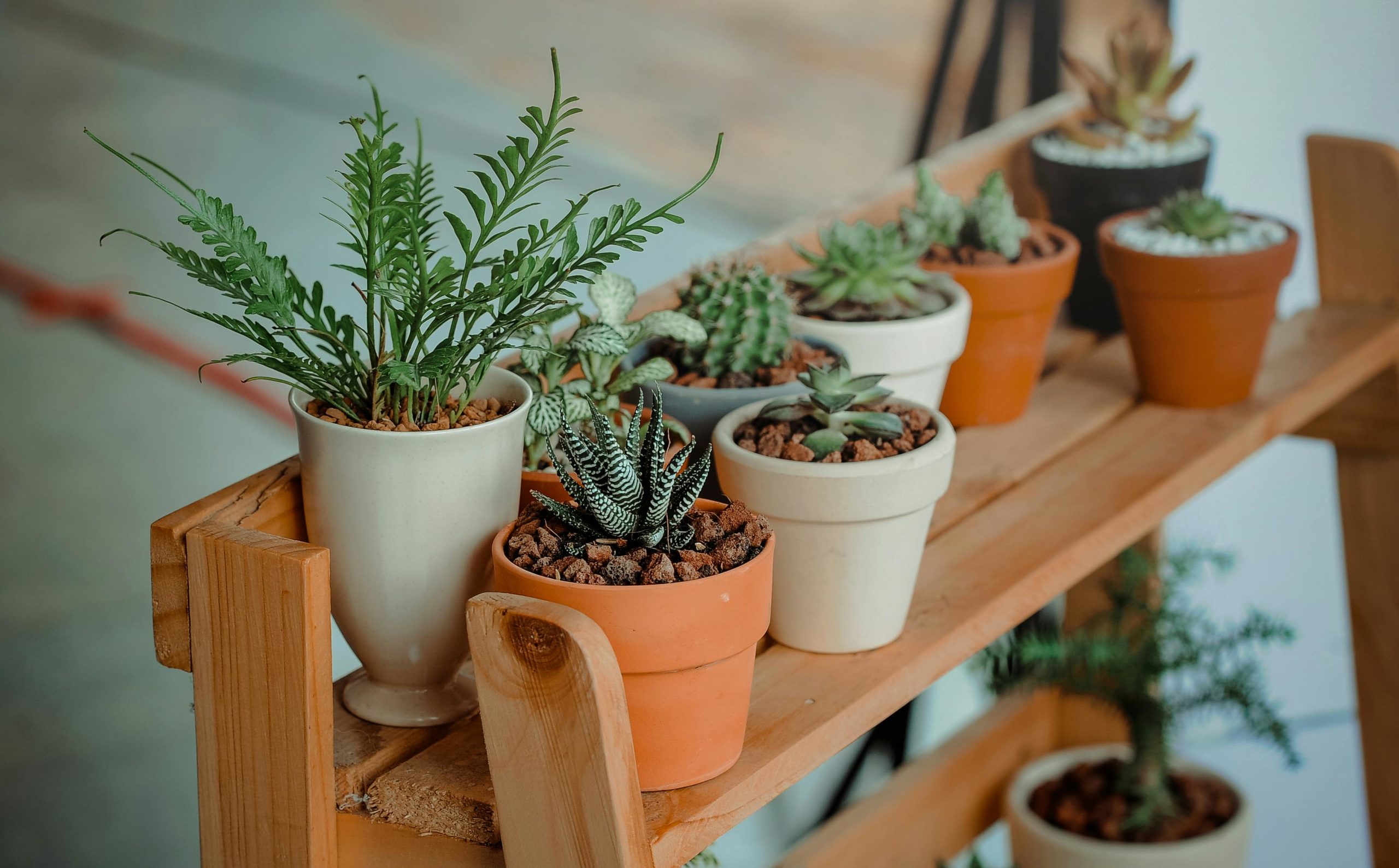In the hustle and bustle of modern life, indoor spaces often become havens of comfort and refuge. Yet, hidden within the confines of our homes and offices, air pollutants lurk, silently affecting our health and well-being. In recent years, there has been a growing awareness of the detrimental effects of indoor air pollution on respiratory health and skin quality.
In response, many individuals are turning to nature’s remedy: indoor plants. But can these leafy companions truly make a difference in air quality and skin health?
Join us as we explore the fascinating relationship between indoor plants, air purification, and radiant skin, and discover how a touch of greenery can transform your indoor environment.
The Role of Indoor Plants in Air Quality
Indoor air pollution is a significant concern, with common pollutants such as volatile organic compounds (VOCs), formaldehyde, and particulate matter contributing to respiratory problems and overall health issues.
Fortunately, nature has provided us with a natural solution: plants. Through a process known as phytoremediation, indoor plants can absorb and metabolize airborne pollutants, effectively purifying the air and creating a healthier indoor environment.
Indoor plants accomplish this feat through the combined actions of their leaves, roots, and microorganisms present in the soil. The leaves of plants act as natural filters, trapping pollutants from the air, while the roots absorb and metabolize these pollutants, converting them into nutrients for the plant or storing them in the soil.
Additionally, the microorganisms present in the soil play a crucial role in breaking down harmful substances and facilitating their removal from the air.
The Benefits of Indoor Plants for Skin Health
In addition to their air-purifying properties, indoor plants can also have a positive impact on skin health. The air pollutants that indoor plants help to remove, such as VOCs and formaldehyde, can contribute to skin irritation, inflammation, and premature aging.
By reducing exposure to these pollutants, indoor plants can help maintain the skin’s natural barrier function and minimize the risk of skin problems.
Furthermore, indoor plants can contribute to healthier indoor humidity levels, which are essential for maintaining optimal skin hydration. Dry indoor air can lead to dehydration of the skin, causing dryness, flakiness, and increased sensitivity.
By releasing moisture into the air through a process called transpiration, indoor plants can help maintain a comfortable level of humidity, preventing dryness and promoting healthier, more radiant skin.
Selecting Indoor Plants for Air Purification and Skin Health
Not all indoor plants are created equal when it comes to air purification and skin health benefits. Some plants are more effective at removing specific pollutants from the air, while others may be better suited to thrive in indoor environments with varying light and humidity levels.
When selecting indoor plants for air purification and skin health, consider factors such as the plant’s ability to remove pollutants, its care requirements, and its aesthetic appeal.
Plants such as spider plants (Chlorophytum comosum), peace lilies (Spathiphyllum spp.), and snake plants (Sansevieria trifasciata) are known for their air-purifying properties and resilience in indoor environments.
These plants are relatively low-maintenance and can thrive in a variety of light conditions, making them ideal choices for beginners or those with busy lifestyles.
Using Indoor Plants into Your Indoor Environment
Once you’ve selected the perfect indoor plants for air purification and skin health, it’s time to incorporate them into your indoor environment.
Consider placing plants strategically throughout your home or office, paying attention to areas where air circulation may be poor or pollutants may be more concentrated. Bedrooms, living rooms, and home offices are all excellent locations for indoor plants, as these are areas where we spend a significant amount of time.
In addition to their air-purifying benefits, indoor plants can also enhance the aesthetic appeal of your indoor spaces, bringing a touch of nature indoors and creating a more inviting and relaxing atmosphere.
Experiment with different plant arrangements, container styles, and decorative accents to create a personalized and visually appealing indoor oasis.
Conclusion
Indoor plants offer a natural solution to the challenges of indoor air pollution and skin health, purifying the air and promoting healthier, more radiant skin. Through the process of phytoremediation, indoor plants can absorb and metabolize airborne pollutants, creating a cleaner and more breathable indoor environment. Additionally, indoor plants contribute to healthier indoor humidity levels, helping to maintain optimal skin hydration and prevent dryness and sensitivity.
FAQs
Q1: How many indoor plants do I need to purify the air in my home?
The number of indoor plants needed to purify the air in your home depends on factors such as the size of your space, the types of pollutants present, and the species of plants you choose. In general, it’s recommended to have at least one medium-sized plant (6-8 inch pot) per 100 square feet of indoor space for optimal air purification.
Q2: Can indoor plants improve indoor humidity levels?
Yes, indoor plants can contribute to healthier indoor humidity levels by releasing moisture into the air through a process called transpiration. Plants such as peace lilies and spider plants are particularly effective at increasing indoor humidity levels and preventing dryness.
Q3: Are indoor plants safe for pets?
While many indoor plants are safe for pets, some plants can be toxic if ingested. It’s essential to research the toxicity of indoor plants and choose pet-safe varieties if you have animals in your home. Additionally, place plants out of reach of curious pets to prevent accidental ingestion.
Q4: How often should I water my indoor plants?
The watering needs of indoor plants vary depending on factors such as the plant species, the size of the pot, and the environmental conditions. In general, it’s best to water indoor plants when the top inch of soil feels dry to the touch. Avoid overwatering, as this can lead to root rot and other issues.
Q5: Can indoor plants help reduce indoor allergens?
Indoor plants can help reduce indoor allergens to some extent by trapping airborne particles and pollutants on their leaves and in the soil. However, they are not a substitute for proper ventilation and cleaning practices. Regular dusting, vacuuming, and air filtration are also essential for reducing indoor allergens and improving indoor air quality.



